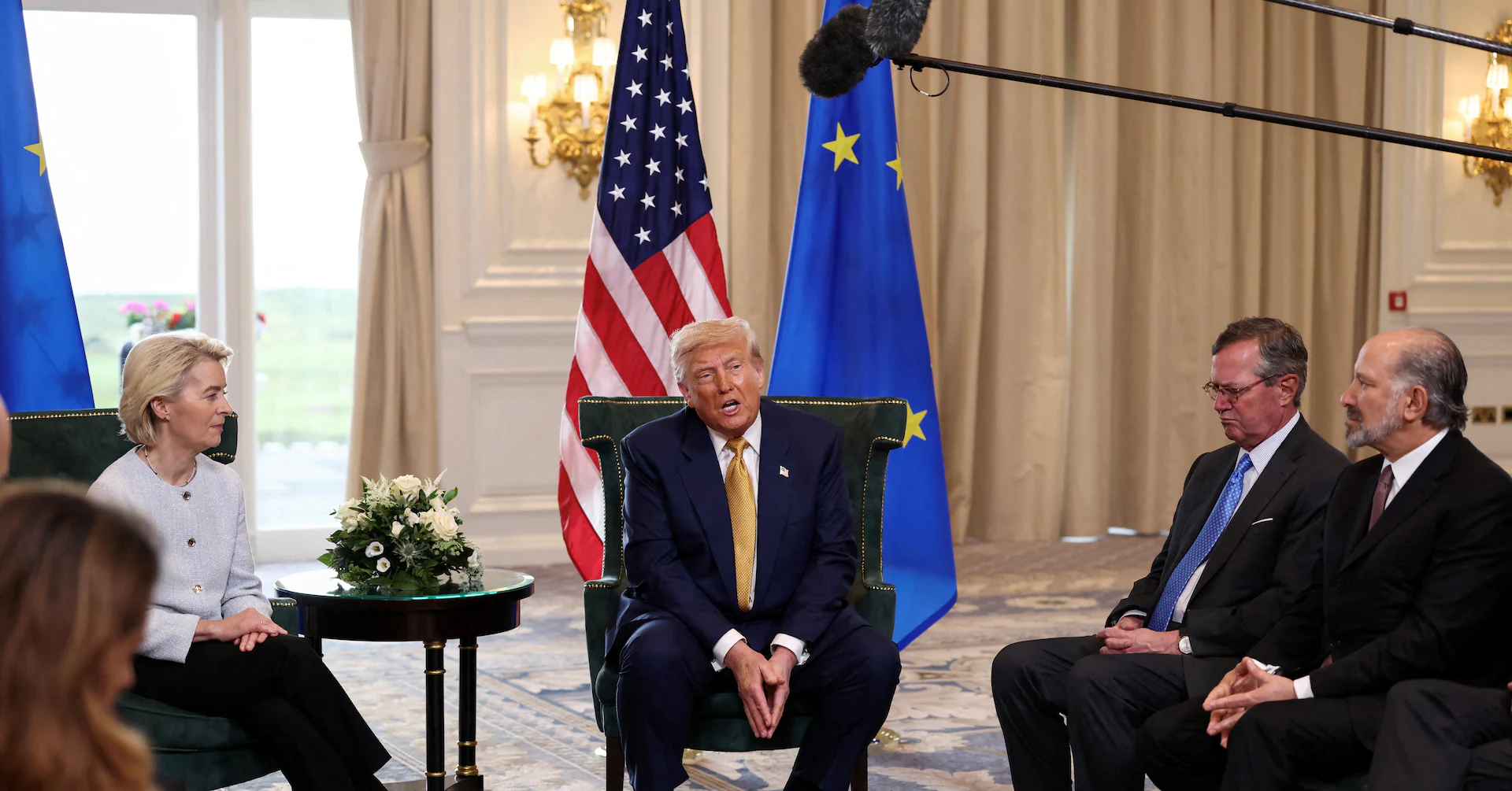
President Xi Jinping of China has long taken pleasure in poking fun at the West’s short political attention span in confronting long-term challenges such as climate change. Western diplomats told me that in 2017 he regaled a delegation with a story about how President Barack Obama had traveled to Beijing to attempt to pressure China to cut its greenhouse gas emissions faster, only to be followed by President Trump, who downplayed the threat of climate change.
The point was that in contrast to the West, where election cycles have constrained consistent climate action, China plays a long game — planning decades into the future. And it doesn’t like to make promises it can’t keep.
This week, at the United Nations General Assembly, Beijing offered the world a glimpse of how it plans to cut greenhouse gas emissions in the years and decades ahead with a pledge to reduce them by 7 to 10 percent by 2035.
Such a modest commitment is frustrating to environmental advocates and Western leaders alike, who see it as falling short of what the climate crisis demands. In one sense, they’re absolutely right. China is the world’s biggest polluter and single-handedly burns more than half of the world’s coal, the dirtiest fossil fuel. According to my organization’s research, China would need to slash its emissions by at least 30 percent from peak levels by 2035 to align with the Paris agreement’s target to limit average global warming to 1.5 degrees Celsius above pre-industrial levels. Beijing’s new pledge clearly misses that mark.
Yet to judge China’s climate ambition by the new pledge alone is to miss the far more consequential economic story: China has become the world’s clean tech superpower. Its dominance in the solar, battery and electric vehicle industries should allow it to move faster on climate and help much of the rest of the world use fewer fossil fuels, too. While the West is distracted and divided, China is focused and surging ahead.
There are reasons for China’s choice to set a conservative target. Domestically, China’s economic slowdown, particularly in provinces reliant on heavy industry, has made its leaders wary of climate actions that could jeopardize growth.
Internationally, wavering commitments from key Western polluters, most sharply the United States and, to a lesser extent, the European Union, also affect China’s willingness to act boldly. In the absence of Western leadership, its self-interested approach tends to become more pronounced.
Yet in just over a decade since Mr. Obama visited Beijing to implore Mr. Xi to cut emissions more aggressively, China’s clean energy sector has evolved from a nascent industry into a powerful engine of its economy and a source of national pride.
Today, China manufactures over 80 percent of the world’s solar panels, around 75 percent of electric vehicle batteries and more than 60 percent of wind turbines. In 2023 alone, the clean tech sector accounted for 40 percent of China’s growth in gross domestic product, a staggering number in an otherwise sluggish economic environment. China now installs more solar panels annually than the rest of the world combined.
The clean tech sector is also becoming the core of China’s industrial future and global business expansion. Last year, China invested $72 billion in green manufacturing outside its borders, equivalent to about 40 percent of China’s total foreign direct investment.
The country still accounts for about 30 percent of climate-warming gases, with its vast industrial base and coal fleet responsible for 90 percent of new emissions globally since 2015. Yet the clean energy boom is beginning to cut into this pollution. The rapid deployment of renewable energy brought China’s carbon dioxide emissions down by 1 percent in the first half of 2025, continuing a trend that began in early 2024.
The next phase of clean energy deployment could help China to go much further than the pledges Mr. Xi announced this week and supplant in a more significant way the dirty energy the country relies on. For instance, while Mr. Xi’s government pledged that China would add six times the amount of wind and solar energy it had installed in 2020 and ensure that 30 percent of its energy came from nonfossil-fuel sources by 2035, it is likely to go far beyond that.
Unlike the West, where climate targets are often ambitious but vulnerable to political cycles, China has aligned decarbonization with its economic growth strategy. In practice that means systematically building infrastructure, sophisticated supply chains and a predictable domestic market for clean energy.
In the West, temporary surges in ambition often give way to political backsliding, creating the illusion of progress without deep structural changes. Mr. Trump rolled back President Joe Biden’s flagship climate initiative, the Inflation Reduction Act, and with it billions of dollars in federal investment in the clean energy sector. Meanwhile, the European Union, once a champion of climate action, has been struggling with geopolitical distractions and internal divisions and, embarrassingly, was unable to present a climate pledge at the United Nations this week.



